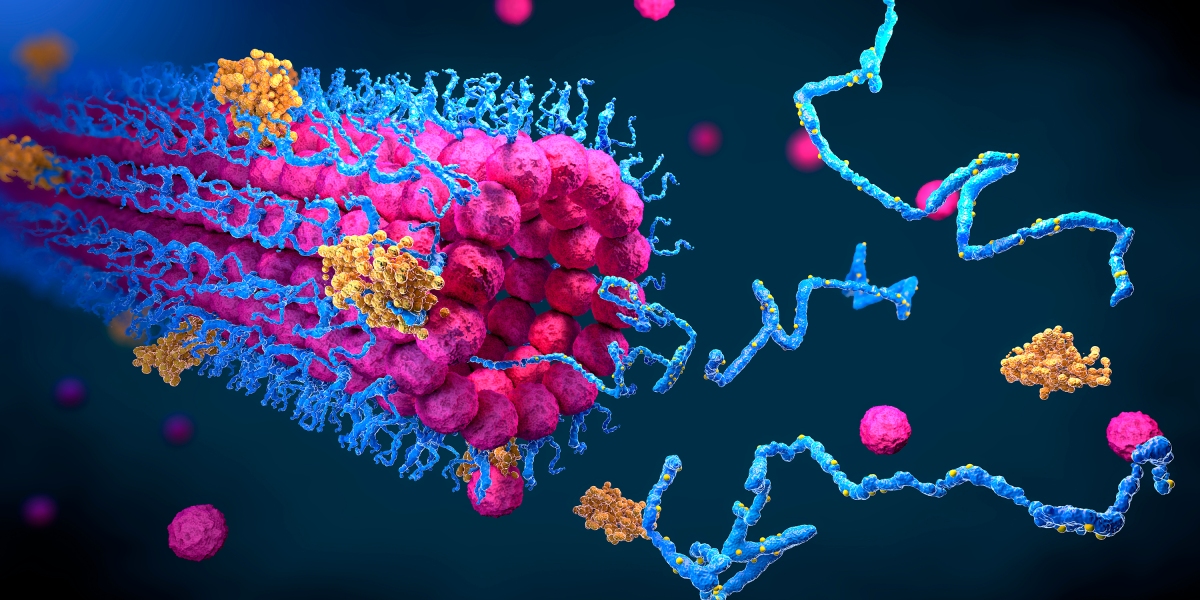
AI can also spread the search net for hypotheses wider and narrow the net more quickly. As a result, AI tools can help formulate stronger hypotheses, such as models that spit out more promising candidates for new drugs. We’re already seeing simulations running multiple orders of magnitude faster than just a few years ago, allowing scientists to try more design options in simulation before carrying out real-world experiments.
Scientists at Caltech, for example, used an AI fluid simulation model to automatically design a better catheter that prevents bacteria from swimming upstream and causing infections. This kind of ability will fundamentally shift the incremental process of scientific discovery, allowing researchers to design for the optimal solution from the outset rather than progress through a long line of progressively better designs, as we saw in years of innovation on filaments in lightbulb design.
Moving on to the experimentation step, AI will be able to conduct experiments faster, cheaper, and at greater scale. For example, we can build AI-powered machines with hundreds of micropipettes running day and night to create samples at a rate no human could match. Instead of limiting themselves to just six experiments, scientists can use AI tools to run a thousand.
Scientists who are worried about their next grant, publication, or tenure process will no longer be bound to safe experiments with the highest odds of success; they will be free to pursue bolder and more interdisciplinary hypotheses. When evaluating new molecules, for example, researchers tend to stick to candidates similar in structure to those we already know, but AI models do not have to have the same biases and constraints.
Eventually, much of science will be conducted at “self-driving labs”—automated robotic platforms combined with artificial intelligence. Here, we can bring AI prowess from the digital realm into the physical world. Such self-driving labs are already emerging at companies like Emerald Cloud Lab and Artificial and even at Argonne National Laboratory.
Finally, at the stage of analysis and conclusion, self-driving labs will move beyond automation and, informed by experimental results they produced, use LLMs to interpret the results and recommend the next experiment to run. Then, as partners in the research process, the AI lab assistant could order supplies to replace those used in earlier experiments and set up and run the next recommended experiments overnight, with results ready to deliver in the morning—all while the experimenter is home sleeping.
Possibilities and limitations
Young researchers might be shifting nervously in their seats at the prospect. Luckily, the new jobs that emerge from this revolution are likely to be more creative and less mindless than most current lab work.
AI tools can lower the barrier to entry for new scientists and open up opportunities to those traditionally excluded from the field. With LLMs able to assist in building code, STEM students will no longer have to master obscure coding languages, opening the doors of the ivory tower to new, nontraditional talent and making it easier for scientists to engage with fields beyond their own. Soon, specifically trained LLMs might move beyond offering first drafts of written work like grant proposals and might be developed to offer “peer” reviews of new papers alongside human reviewers.
